Interested in backpacking Peru? Good choice! Peru is an amazing country for outdoor lovers, culture seekers and all around backpackers. From the trekking hub in the Cordillera Blanca mountain range, remote Amazonian jungle to the former capital of Incan empire Cusco, known for ancient ruins, it’s no surprise to be one of the most visited countries of South America.
Although it is hugely because of visiting Machu Picchu, we want to show you much more from this diverse and beautiful country.
We’ve spent a month and a half in Peru and despite some initial issues dealing with high altitude, were able to visit popular and also lesser known places and try different adventure activities including visiting Machu Picchu (the adventure way & on a budget but more on that later).

If you’re coming to Peru from any western country, you might experience a cultural shock. While services in bigger cities have a standard you would expect in western countries, your senses will be challenged if you go further from the crowds.
Our Peru backpacking guide will help you to get a sense of what to expect during your trip.
Adventure travel guide to backpacking Peru
1| Climate and visas
The first questions you might have are: When is the best time to visit Peru and do you need visas?
Peru has 2 seasons: dry and rainy. The dry season is from May to September and the rainy season from November to March. The most stable weather is during the busiest times – July and August.
You should consider visiting during the shoulder season in April & May or September & October if you’re not a fan of crowds, don’t like to book things in advance and don’t mind the occasional rain.
What you might not realize is that visiting Peru comes with dealing with high altitudes. Of course, it depends on where you come from. Most people are having issues with altitudes above 3,000 meters. When you arrive at high altitude, to Huaraz or Cusco for example, you can experience headaches.
Take it easy the first few days and don’t book strenuous tours or treks. Drink plenty of water or coca tea, minimize alcohol intake and acclimatize slowly.

Good news! Peru doesn’t require tourist visas for most American and European countries and you can be granted an entry for up to 183 days.
2| Language & culture
The official language of Peru is Spanish. Although in most travel agencies and bigger cities like Lima and Cusco you can get around with English, a few basic Spanish phrases go a long way. Also, around 25% of the country speaks the indigenous language Quechua.
Like in many countries around the world, don’t expect to use English everywhere with everyone. Simple Hola (Hello) and Gracías (Thank you) will break the ice in a conversation. Peruvians are not very outgoing towards foreigners and speaking English only, doesn’t help to make friends in Peru.

We are not fluent in Spanish but we learnt that just attempting to speak Spanish is a great way to learn about the locals, ask for advice and even be given tips without asking.
If you want to experience Peru the local way and visit places beyond the tourist attractions, or even buy a bus ticket or ask a street vendor how’s he and what he’s selling, learn a bit of Spanish. A few basic phrases go a long way.
I’ve learnt quite a bit with the apps Memrise and Duolingo. They have Spanish classes set up in a unique way and definitely don’t feel like you’re drilling the grammar. All it takes is 10 minutes a day and you’ll be able to communicate very fast. Spanish is very easy to learn!
Check out this post for more tips on how to learn a new language. You can then teach other beginners Spanish through TEFL.
3| Staying healthy & safe while backpacking in Peru
Few months before your trip, visit a travel clinic to ask about recommended vaccines based on the current situation in Peru.

Yellow fever vaccine is mandatory and officials can ask for proof when you’re entering the country. Other recommended vaccines include Typhoid, Hepatitis A, and Hepatitis B. Some of them need a longer time to become effective or have to be given in doses to provide protection so the sooner you visit a doctor the better.
We highly recommend having good travel insurance. Better be safe than sorry. We use World Nomads, the best insurance we’ve found.
As with most countries of South America, the tap water is not safe to drink. It’s recommended to use a water filter because buying water in plastic bottles produces too much waste and takes a lot of your budget. We used our Lifestraw bottles with a filter to fill up everywhere or drank boiled water on our treks.

Don’t forget to carry a hand sanitizer, needed especially in rural areas and sometimes bus stations. The cleanliness of the toilets is often very questionable.
Practical advice – don’t walk around at night in bigger cities, take care of your belongings in crowded areas and be aware of scams (if in doubt, check tripadvisor or google maps for reviews).
Read our tips: How to stay safe while traveling
4| Transport around the country
Overland travelers can enter Peru from Ecuador, Bolivia or Chile but most fly into Lima’s international airport, Peru’s capital.
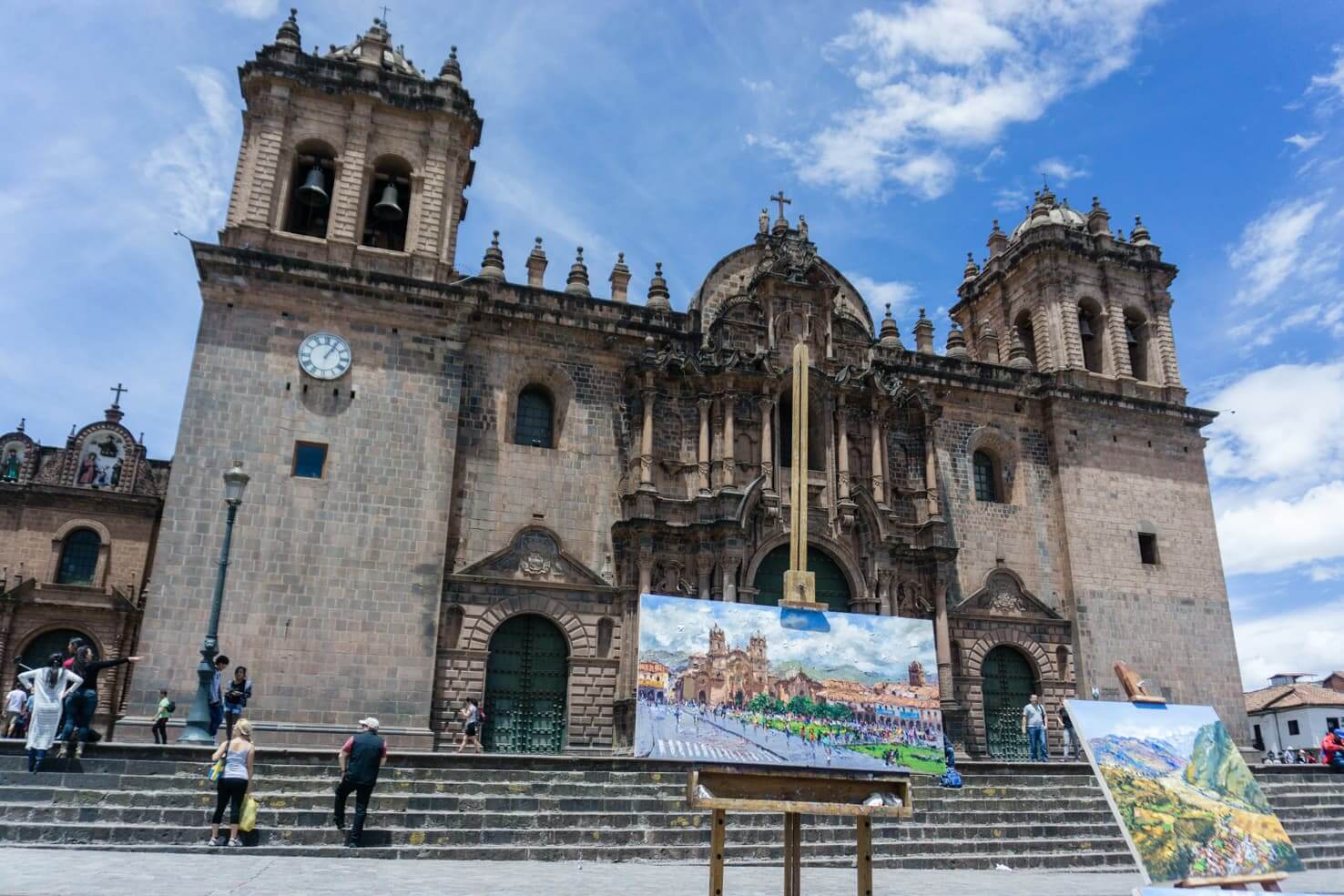
- Lima airport
The safest parts to stay are Barranco and Miraflores, where most of the hostels and hotels are located. From the airport, you can take a shuttle bus Airport Express for 25 soles (8 USD) or an official taxi for a flat rate around 65 soles (20 USD). In the case of Lima’s airport, which is not located in a very safe neighbourhood, only these two options are advisable.
- Long distance buses
While flights are available, night or day buses between the cities are a more budget-friendly option. Reliable companies we’ve tried are Cruz del Sur and Linea. Others are Oltursa and popular option for backpackers is Peru Hop. All buses can be booked online.

They offer reclining seats (semi-cama) or almost fully reclining seats (cama, 160°, air-conditioning, shared TV’s and are very comfortable. Night buses tend to be more expensive.
We’ve traveled by day and night bus when visiting Huaraz, which takes around 8 hours.
- Local buses/colectivos, taxis & tuk-tuks
Commonly used shared vans (colectivos) are good budget options. We’ve used them traveling between villages. Colectivos in big cities, such as Lima, are very hard to navigate. They display their final destination but not the route they take. When traveling around Lima, we’ve hailed down taxi a few times.
Tip: always agree on price before getting in a taxi/tuk-tuk

- National flights
They are always the most comfortable option but also the most expensive one. When going to Cusco for Machu Picchu, the bus from Lima takes more than 24 hours and it’s better to fly. If you book the flight ticket well in advance, it might be for the same price as the bus.
If you’re going to Huaraz (for the mountains) or Iquitos (Amazon jungle), you can also go by plane.
5| Budget & money
Peru belongs to the budget-friendly group in South America. Although the most budget-friendly countries are Venezuela and Bolivia, Peru has a nice balance between quality and price. Long-distance buses are nice & modern, tours have a high standard and all budget-friendly accommodation options have wifi and sometimes breakfast included.

If you travel Peru on a budget, prepare around 30 USD/day. If you want to take some tours and visit Machu Picchu, having a budget of 40 USD is enough.
Breakdown of costs is not easy because every traveler has different preferences. These were our costs:
- Private room in a guesthouse in Cusco: 75 soles for 2 (23 USD)
- 2-course lunch in Lima & Cusco: 10 soles (3 USD)
- Long distance night bus from Lima to Huaraz: 55 soles (17 USD), day bus from Huaraz to Lima: 25 soles (8 USD)
- 1-day hike to the bluest lake in the Andes, Laguna 69 (from Huaraz): 40 soles (12 USD)
- 1-day hike to the Rainbow Mountain (from Cusco): 70 soles (21 USD)
Machu Picchu on a budget:
Salkantay Trek to Machu Picchu takes 5 days and costs 200 USD per person including tickets, accommodation, meals and a guide, that’s only 40 USD per day.

Another option for Machu Picchu on a budget:
100 USD per person/2 day tour – including a van transport to and from Aguas Calientes (‘Machu Picchu town’), a ticket to Machu Picchu and 1 night in a hostel.
Peru’s currency is Sol. This website has current exchange rates. When you arrive in Peru, you can sometimes pay with your card or in US dollars.
To withdraw soles, we’ve used our Canadian cards in Peru, our bank Scotiabank has branches in many countries of Central and South America. Check global ATM alliance where you can use your card with no international ATM fees or ask your bank.
READ FOR INSPIRATION
30 Best outdoor movies and adventure documentaries
6| Accommodation
Peru has a huge range of accommodation options everywhere we’ve visited – Huaraz, Lima & Cusco. We recommend comparing prices on Hostelworld, Booking or Airbnb.
You can find everything from 16 USD per room in a guesthouse for a couple or 6 USD per dorm bed to upscale hotels with steep prices. If you have limited time in Peru, keep in mind that you will be out exploring for most of the day and therefore booking an expensive accommodation might not be reasonable.

While trekking, you can camp in the mountains without any special permits.
7| Peruvian food
Peruvian cuisine is the best you can find in South America, as per experts and visitors.
It is also the only South American country where I didn’t have any issues with finding vegetarian food. I personally enjoyed their staple food quinoa in many different dishes and Pisco Sour, Peru’s national drink (although some argue it comes from Chile).
Coca tea – it’s not particularly Peruvian but locals living in the Andes chew on leafs or drink a tea made of dried coca leaves to help to deal with the high altitude. You’ll see it in every restaurant in high altitude cities like Huaraz and Cusco or you can buy leafs yourself at the market.

Michal’s favourite drinks were Cusquena (beer) and insanely yellow Inca Cola (a sweet drink similar to Fanta).
Local markets always have fruits and vegetables in abundance and if you’re like me, you will want to take tons of that cheap quinoa with you. Quinoa comes from Peru & Bolivia and you’ll see many delicious meals made with it.
Local delicacies include:
- Ceviche – a raw fish marinated in a lime juice with onion, salt, and pepper
- Cuy – a guinea pig
- Alpaca – a kind of llama, usually made as a steak
- Peruvian chicken – or ‘pollo a la brasa’ is a very common meal with different chili sauces
We’ve tried a lot of street food or ate in restaurants and still fit into our budget. And after months in Latin America when we craved some western food, all we had to do was to visit a supermarket.
The biggest meal of the day is lunch, you’ll find a menu of the day in many establishments during this time. We’ve found a restaurant in Cusco and Lima with a menu for only 10 soles (3 USD) which included a soup, main dish and a drink.

Street food is even cheaper, I particularly enjoyed a bun with fried egg and fresh squeezed orange juice, 2 soles each!
8| Adventure activities & what to see when backpacking in Peru
During more than a month of backpacking in Peru, we just scratched the surface of the adventure activities it has to offer. Wherever you go, you’ll have plenty of options to enjoy the landscapes.
Here’s a list of our favourite activities we’ve tried near Lima, Huaraz, and Cusco.
Lima region
Swimming with sea lions, Isla Palomino near Lima
The best day trip from Lima we’ve found. You can observe penguins and swim with hundreds of sea lions in the ocean. Curious little sea lions will swim around you in big groups and the most courageous might even bite you with their tiny teeth (only playful bites, far from hurtful). While many people flock to Paracas to see penguins and sea lions from there, you don’t have to travel 4 hours to see them.
Surfing, Lima
Although long and sandy beaches with the best surfing are far north in Mancora, you can go surfing to the Lima’s beach. There are plenty of surf schools & rentals along the shore.
Huaraz & Cordillera Blanca
The Cordillera Blanca is a mountain range in the Andes with peaks above 6,000m, more than 700 glaciers and many beautiful turquoise alpine lakes. The base for exploring with all amenities is Huaraz.
When you arrive in Huaraz, before any activity, make sure you acclimatize and take it easy for the first 2 days. Lima is on the coast and Huaraz lies at 3,050 meters above sea level.

We have a very comprehensive guide on Huaraz which will answer any questions you might have about visiting Huaraz and Cordillera Blanca region:
Huaraz in Peru, South American outdoor capital
Hiking to Laguna 69, the bluest lake in the Andes, Huaraz
Once you’re acclimatized in Huaraz, this hike will take the high altitude to another level. It’s a day trip from Huaraz to the turquoise lake in Huascaran National Park which lies at 4,628 meters above sea level. Therefore acclimatizing in Huaraz before and drinking plenty of water all day is highly recommended. The 14 km hike takes around 5 hours, you’ll be rewarded with snow peaked mountains all around you and see the highest mountain of Peru, Huascaran (6,768m).
More details are in our post: Hiking Laguna 69, the bluest lake in the Andes

Santa Cruz Trek, Huascaran National Park
Huascaran National Park offers a great 3-4 day trek through the Andes. Some people go on their own; some go through a travel agency. If you’re a beginner, Santa Cruz Trek is an ideal introduction to multi-day trekking. If you choose to go with a travel agency, the mules will carry everything but your day pack. You’ll pass few small villages where Quechua people live and reach an altitude of 4,750m on the Punta Union mountain pass.
More details are in our post: Trekking in high altitudes of Santa Cruz Trek
Mountaineering to 5,150m
Nevado Mateo sits at 5,150m and you can get on top with crampons, axes and a guide. It is suitable for complete beginners with no experience. You can book it in Huaraz with a reputable guide. It’s a short and very tough climb even though not very technical. Many surrounding peaks are over 6,000m and seeing them from above is once in a lifetime experience. This was one of the most challenging things we’ve done in South America.
More details are in our post: First mountaineering experience in Peru
 Biking dangerous road of Cañon del Pato
Biking dangerous road of Cañon del Pato
Rent a bike in Huaraz, get a minivan to Caraz and bike along the river which cut its way and created the Cordillera Blanca on one side and the Cordillera Negra on the other. It is mostly a downhill ride on a paved road but the steep canyon above and below you and 35 dark one lane tunnels it’s what it makes an interesting and dangerous ride. Unlike most landscapes around Huaraz, this part is like a desert.
More details are in our post: Cañon del Pato, biking one of the world’s most dangerous roads
Mountain biking around Huaraz
Bike shops in Huaraz offer guided tours and bike rentals. One option where you can bike without a need of guide is Laguna Rajucolta, it’s a 60 km round trip. Ask in the bike shop for more options.
Cusco & Machu Picchu
Cusco is a former capital of the Incan Empire and besides Machu Picchu, there are many ancient sites around the city. It’s also a place where travellers spend most of their time because it offers so much – culture & history, trekking, rafting, hiking, visiting Machu Picchu, jungle trips, and overland transport to Bolivia.
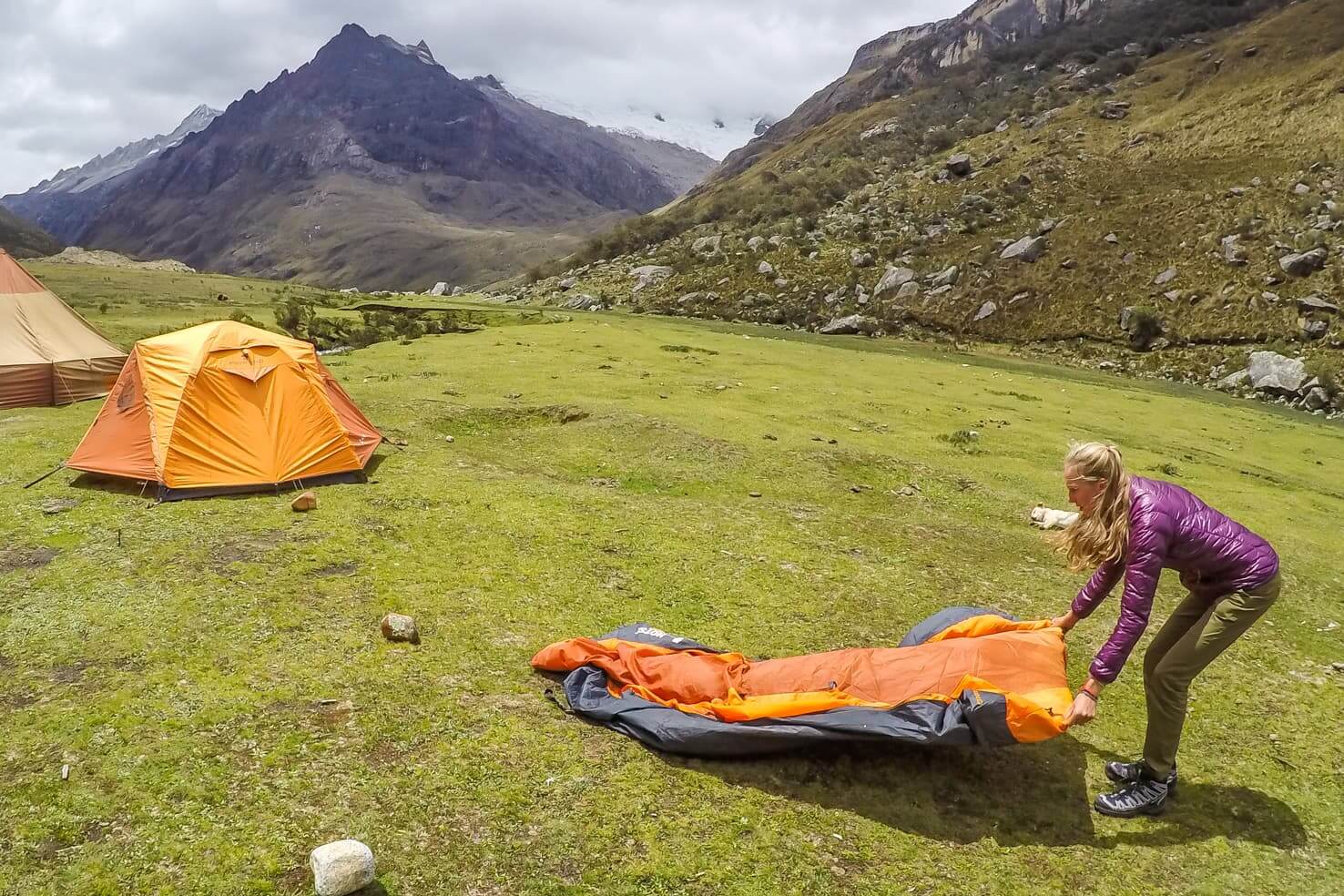
Salkantay Trek to Machu Picchu
As I mentioned earlier, this is the most budget friendly and probably the most interesting way of visiting Machu Picchu. While the most popular Inca Trail, it is crowded and has to be booked months in advance. Salkantay Trek gets rid of both of these issues. You will usually cover 72 km in 5 days and reach Machu Picchu on the 5th day. It was named among 25 best treks in the world by National Geographic.
More details are in our post: Salkantay Trek to Machu Picchu
Hiking Machu Picchu Mountain
There’s more to Machu Picchu than getting to the ruins. Once you reach them, there is a possibility of hiking up the Huayna Picchu (the mountain on your right, behind the citadel) or Machu Picchu Mountain (opposite of the Huayna Picchu) and see the ancient city from above. Both hikes are very steep and if you fear of heights, Machu Picchu Mountain is slightly less scary.
More details are in our post: Machu Picchu Mountain hike

Hiking Rainbow Mountain
This is a new kid on the block, and it’s very popular. While you could only visit Rainbow Mountain during a multi-day trek in the past, you can now visit on a day trip from Cusco. Rainbow Mountain lies at 5,200m and is located near Ausangate Mountain, a sacred mountain for the Quechua people. It’s also called “Gringo killer” because many people get very sick from the altitude. For those, there’s an option to hire a horse along the way. Tough it up, I guarantee you it’s worth it.
More details are in our post: Hiking colourful Rainbow Mountain

9| Useful books for backpacking Peru
- Peru travel guide – country wide guidebook, a favourite book for every traveler (digital version also available)
- Adventure map of Peru – a very detailed map, ideal for planning
- Latin American Spanish in your pocket – key phrases and words for communicating in Spanish

10| What to see/read before backpacking Peru
- World’s most dangerous roads – a documentary of an adventurer and comedian traveling from the Andes to the Amazon. It gives a very vivid outlook on the Peruvian landscape, road travel and remote parts not many people visit.
- Turn right at Machu Picchu – funny and interesting read about a place which everyone wants to visit in Peru
- When two worlds collide – a documentary providing a deep look into Peru’s darker moment of destroying the Amazon
- Backpacking South America travel guide – a very comprehensive post for anyone starting their travels on this amazing continent
Read more:
Salt Flats in Bolivia: a complete guide to Salar de Uyuni tour
Road trip guide to Carretera Austral in Chile
Adventure day at Semuc Champey, Guatemala
100 things to do in Banff National Park, Canada
Visit Angel Falls, Venezuela – the tallest waterfall in the world
Are you excited to visit Peru? Let us know if you have any questions.
Spread the word! PIN this to your Pinterest board.
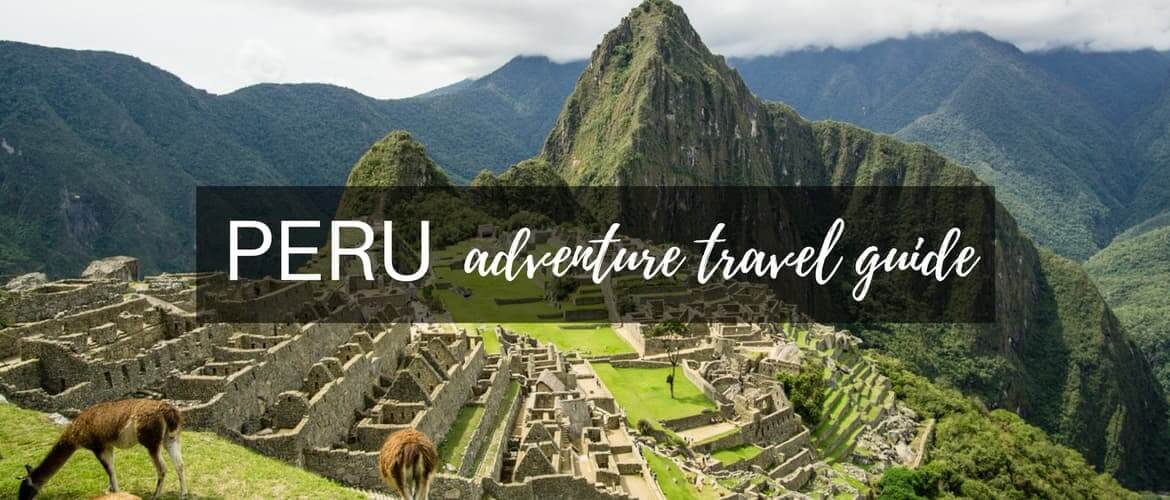
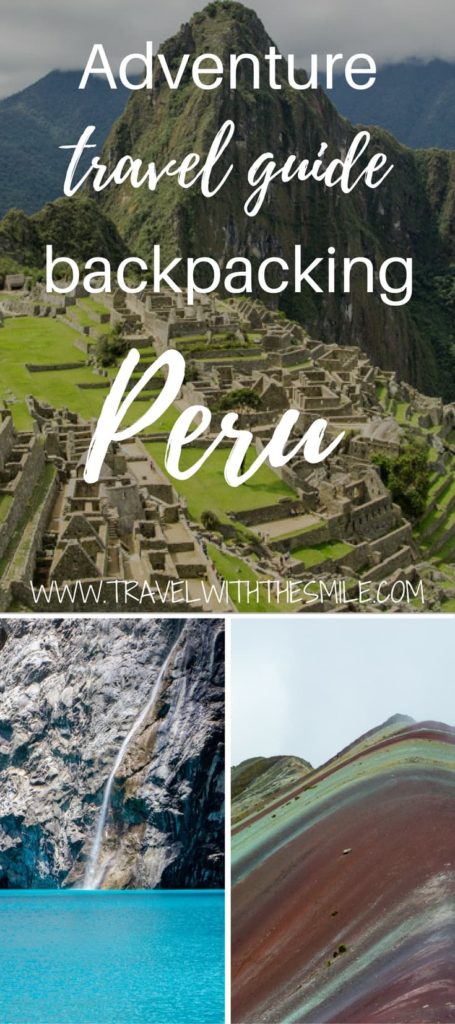
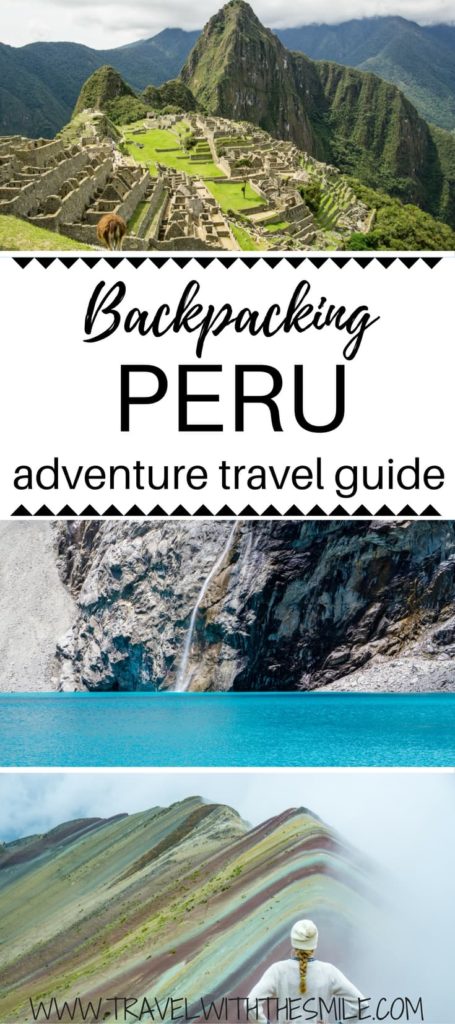
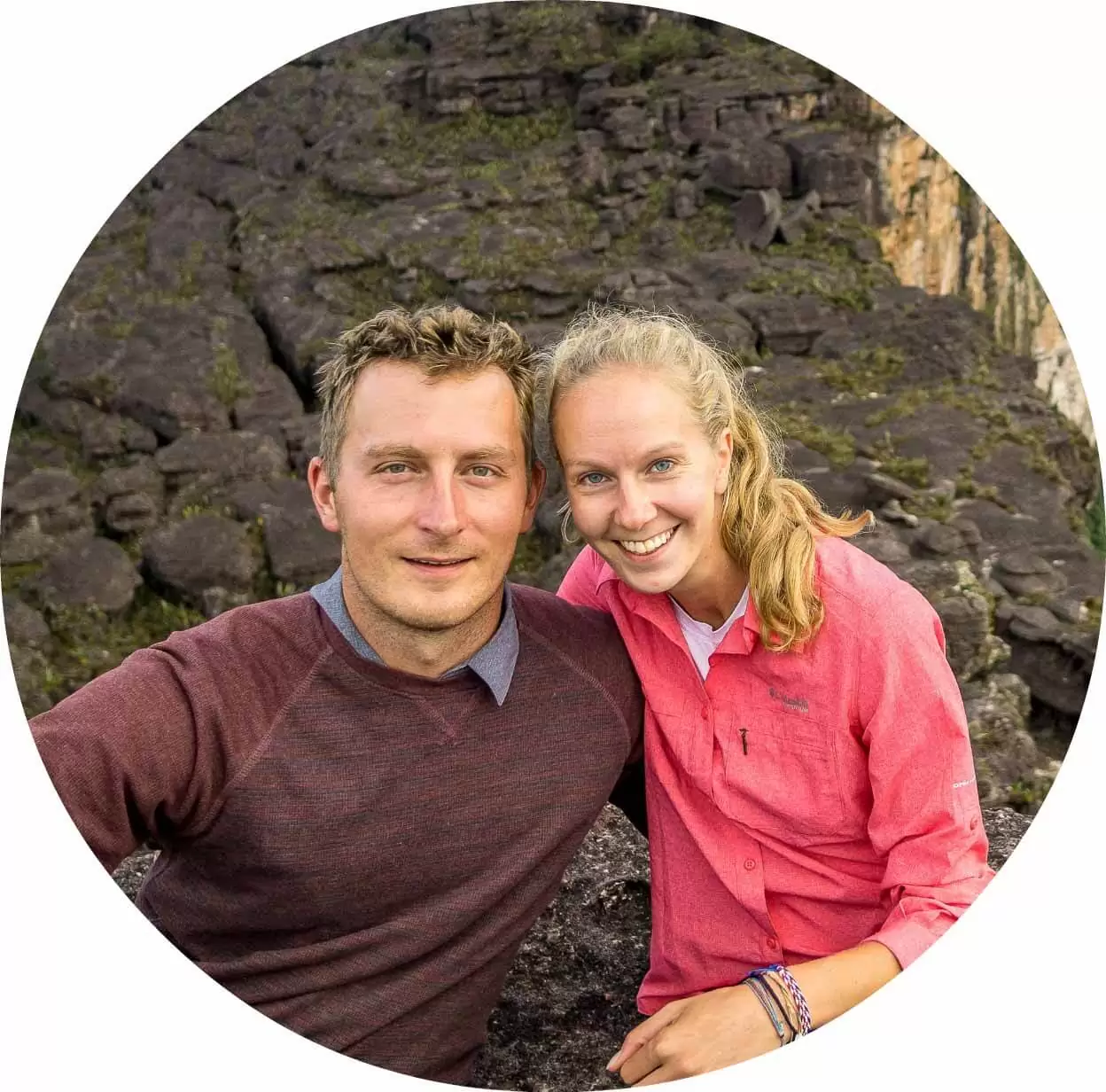
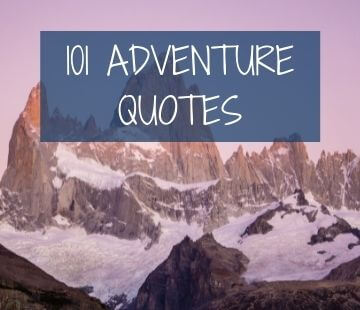
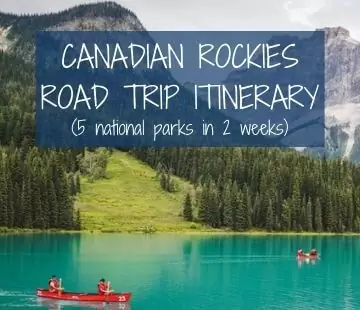
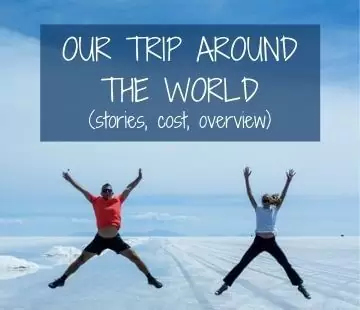
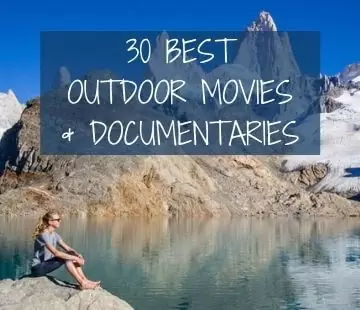
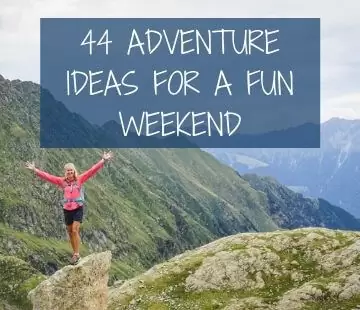
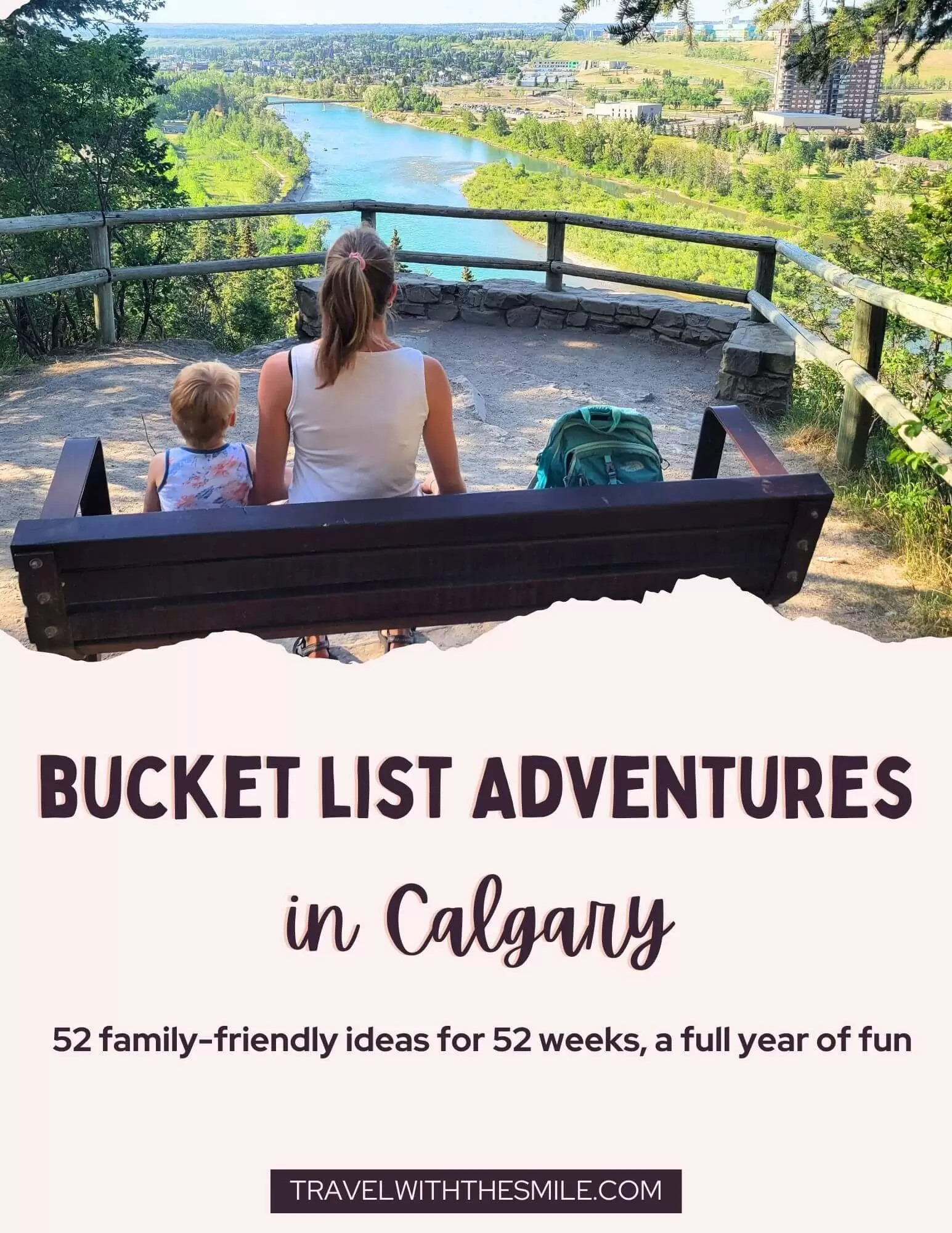
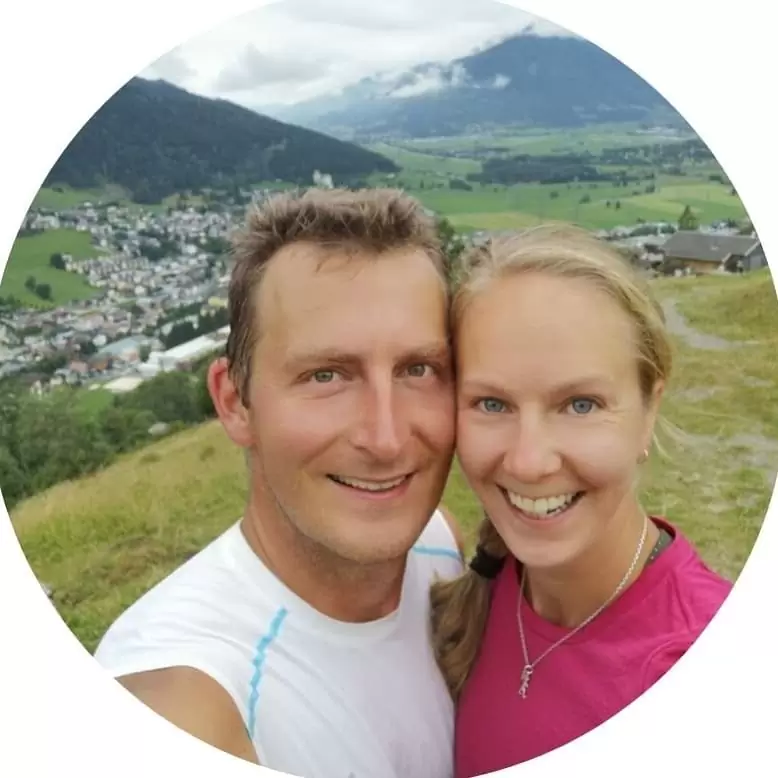


Trackbacks/Pingbacks